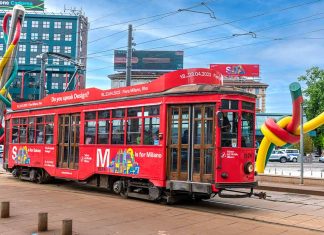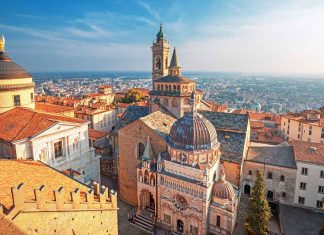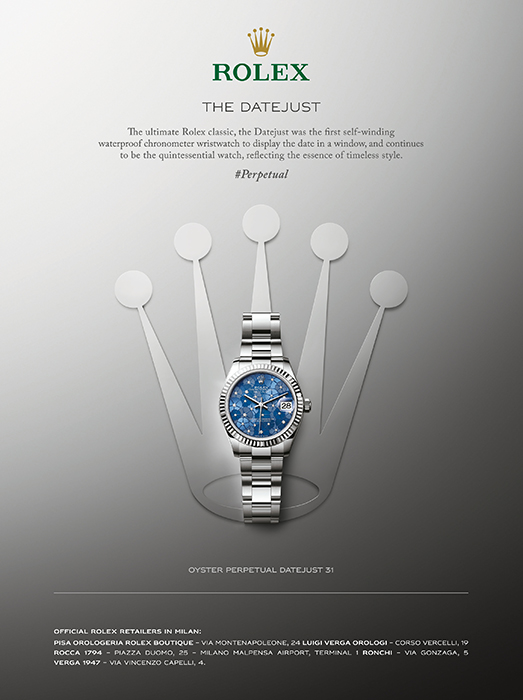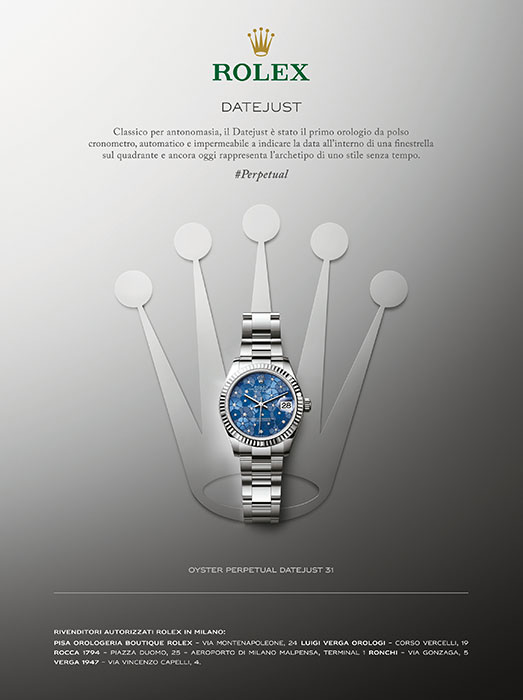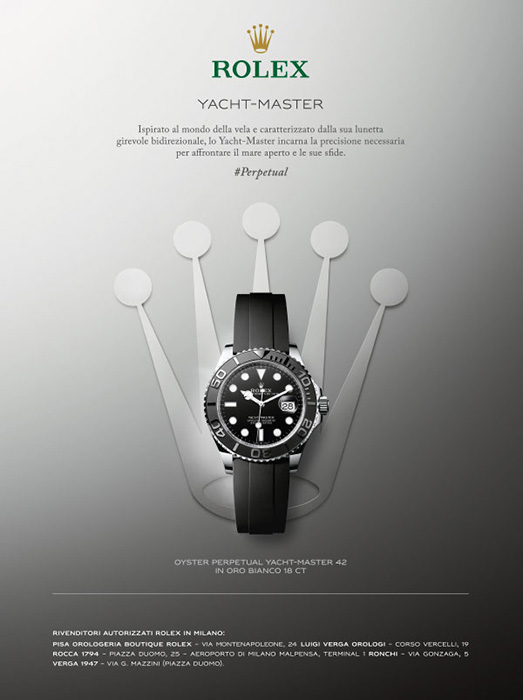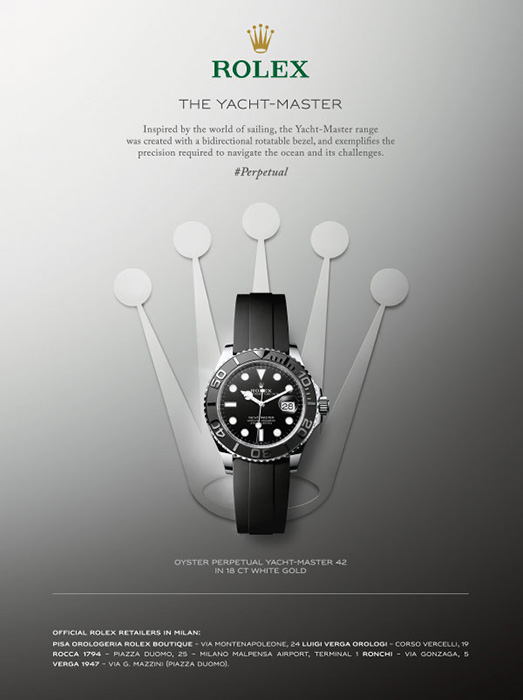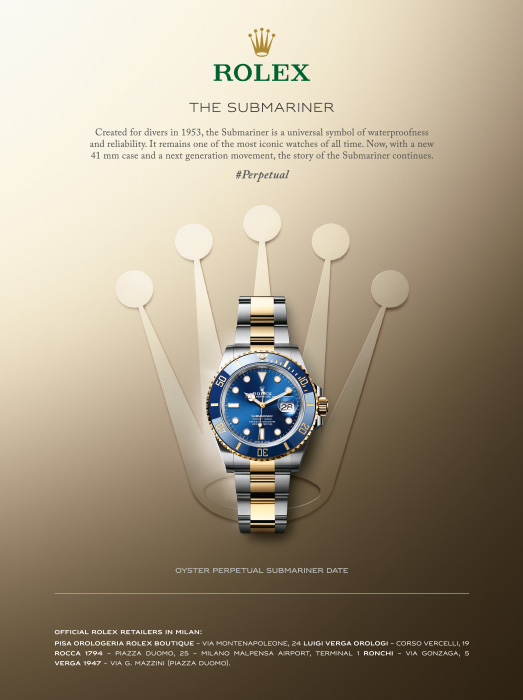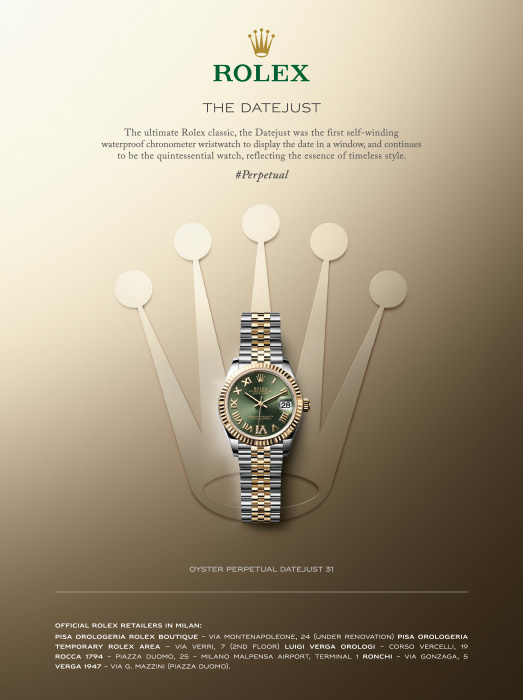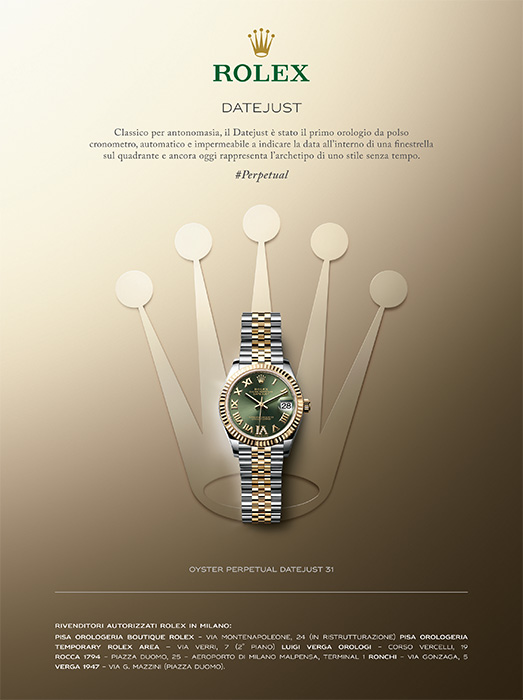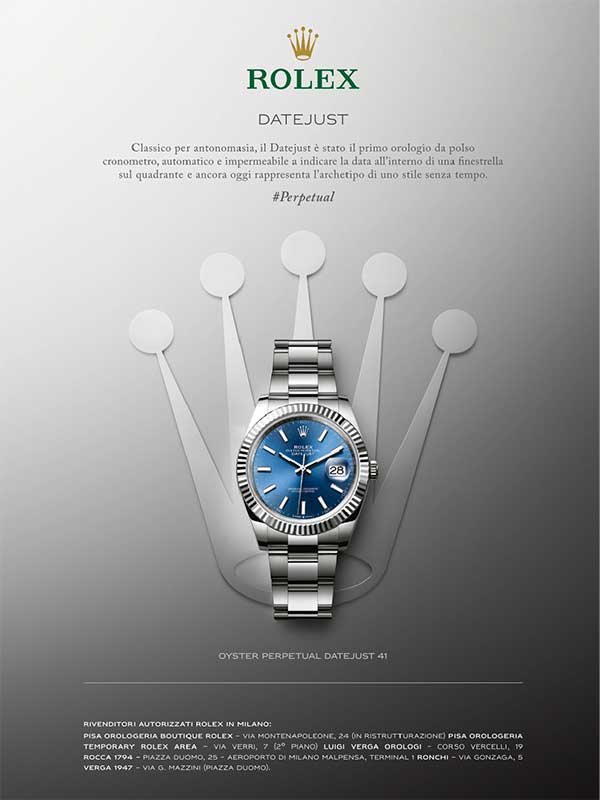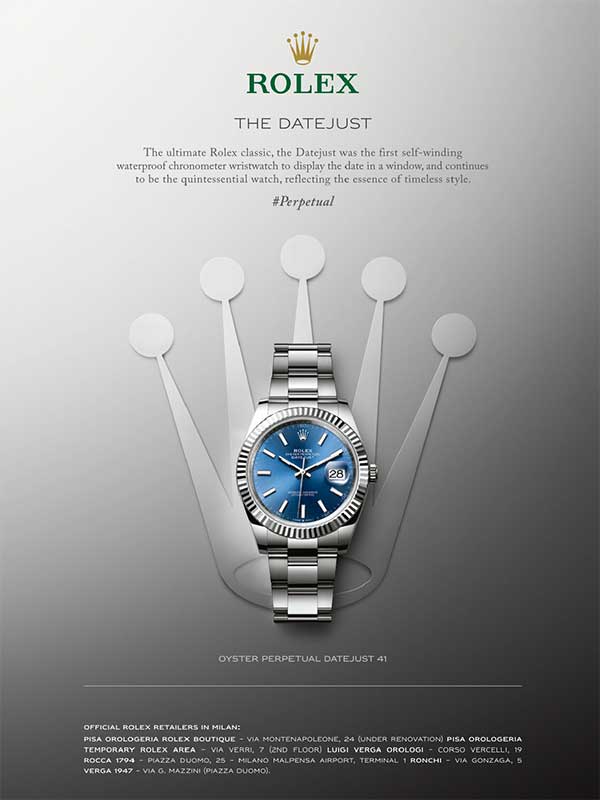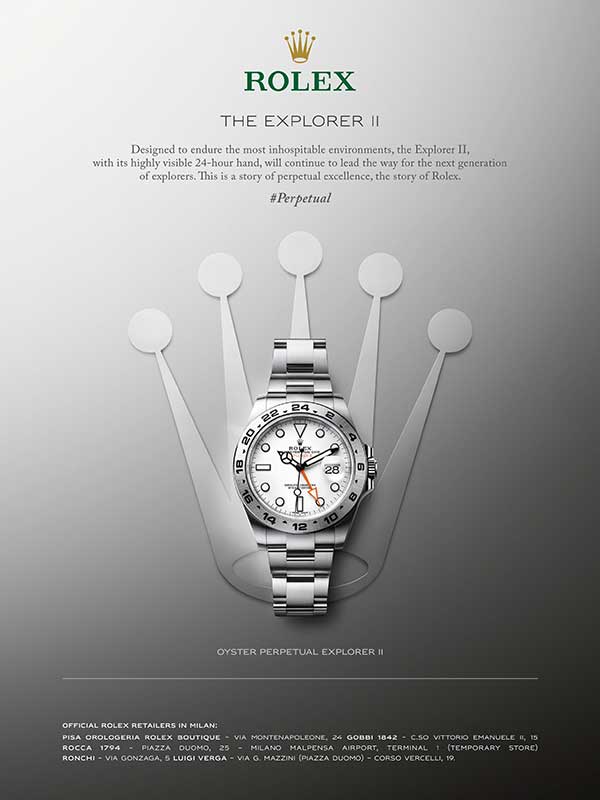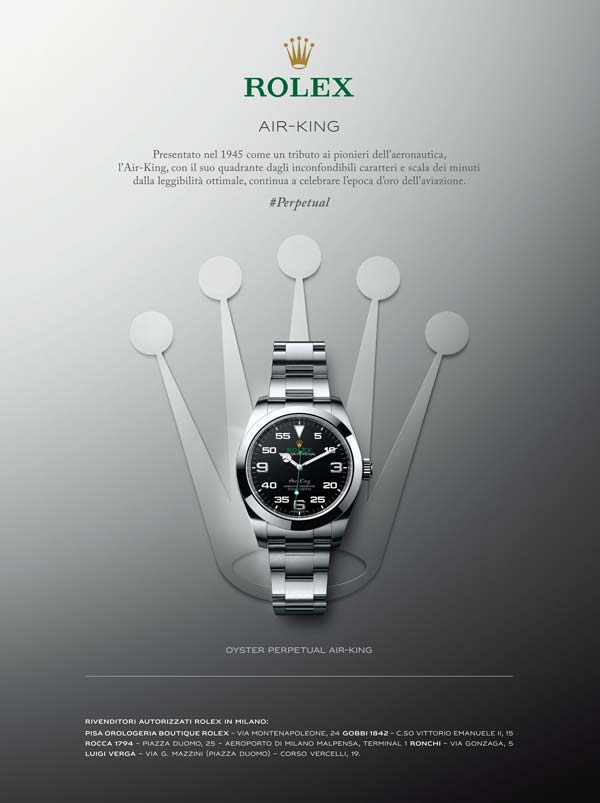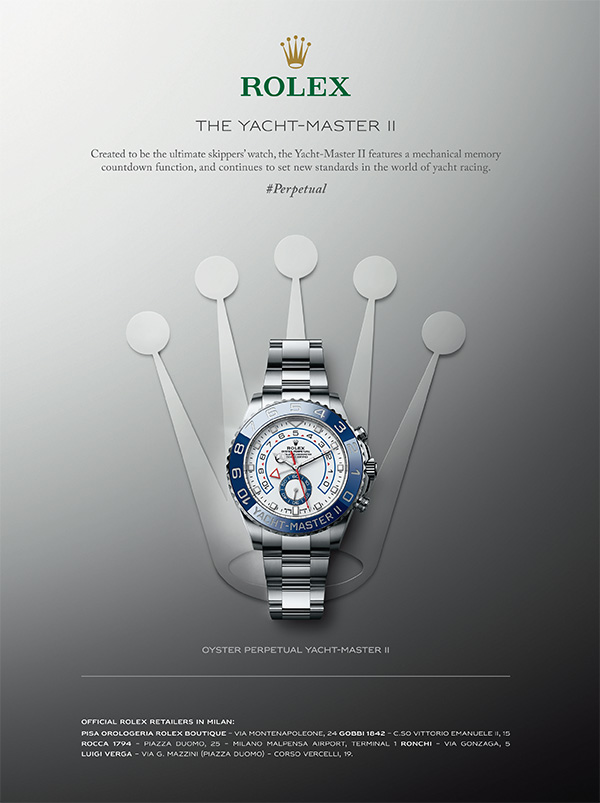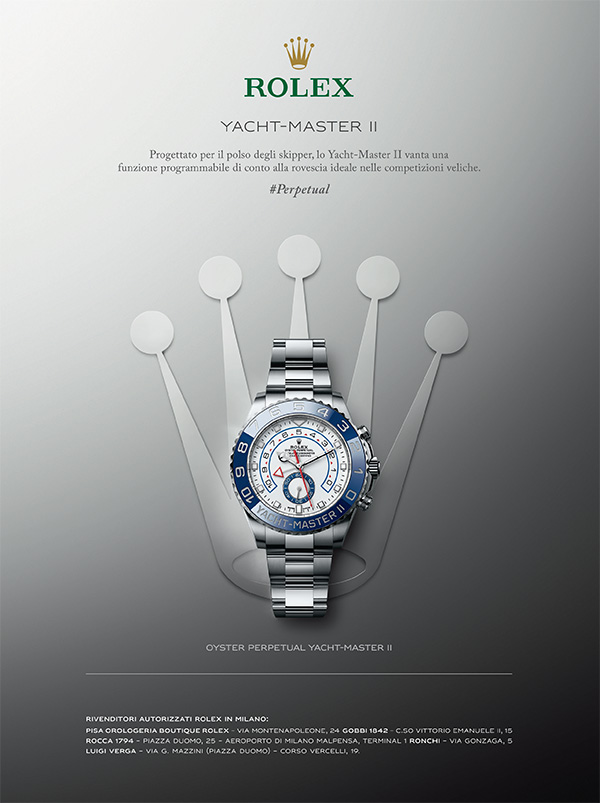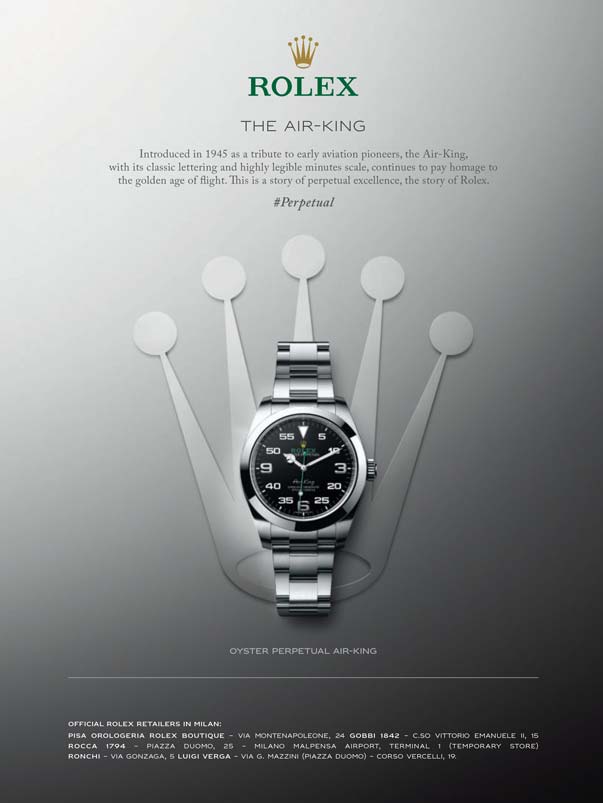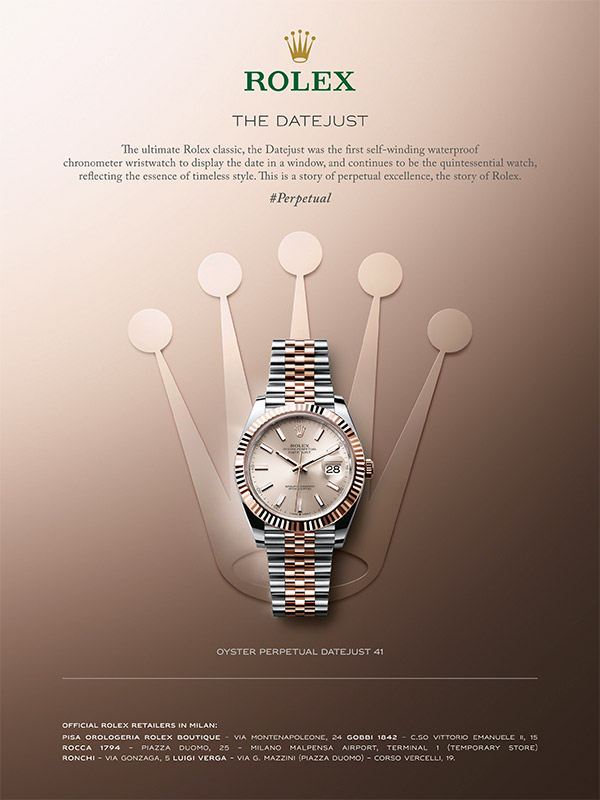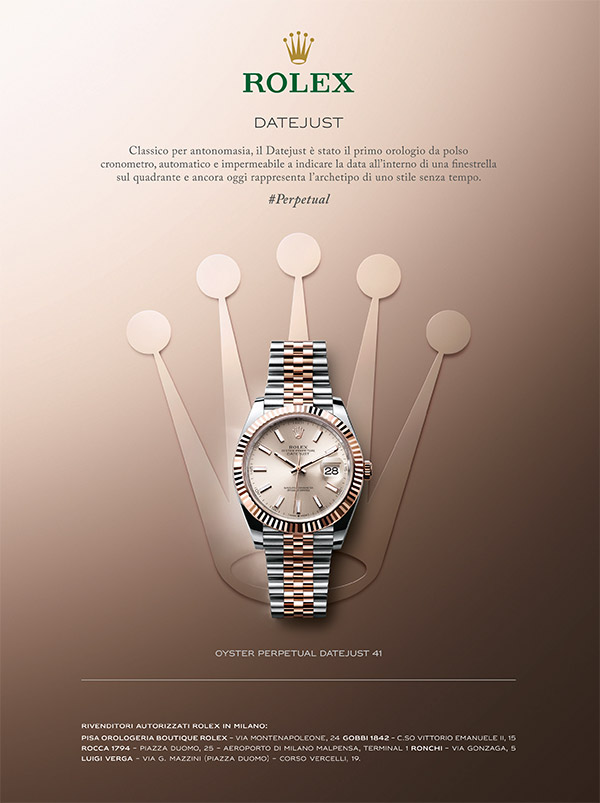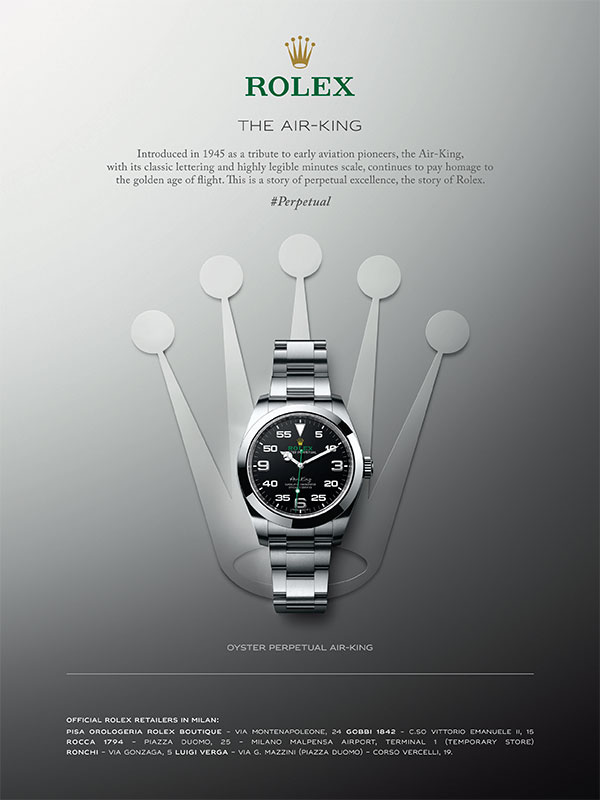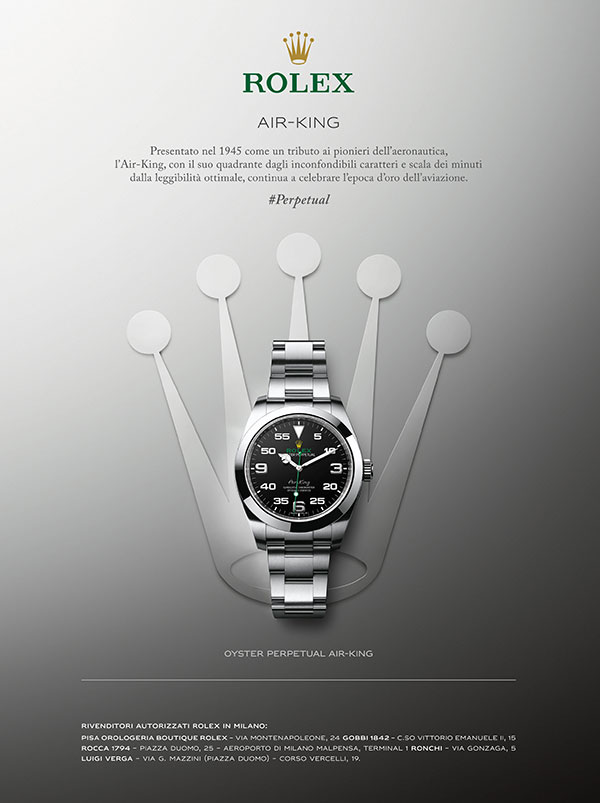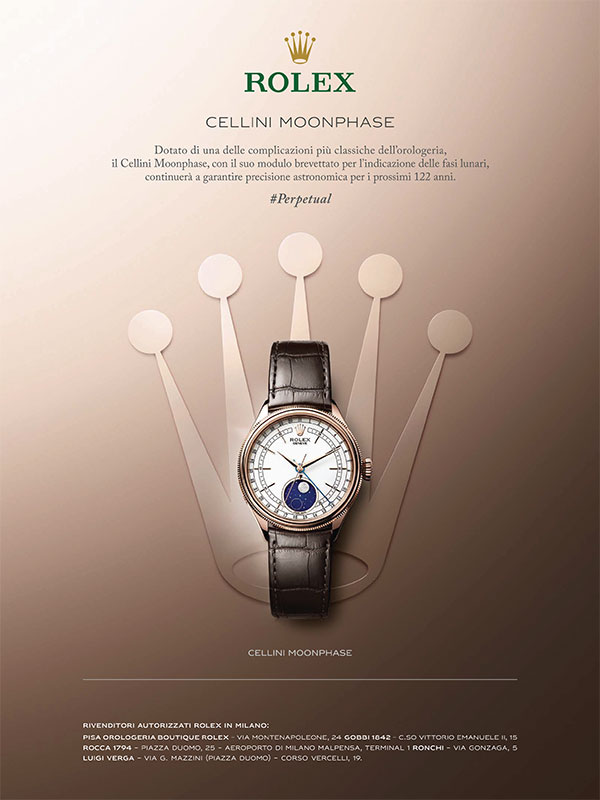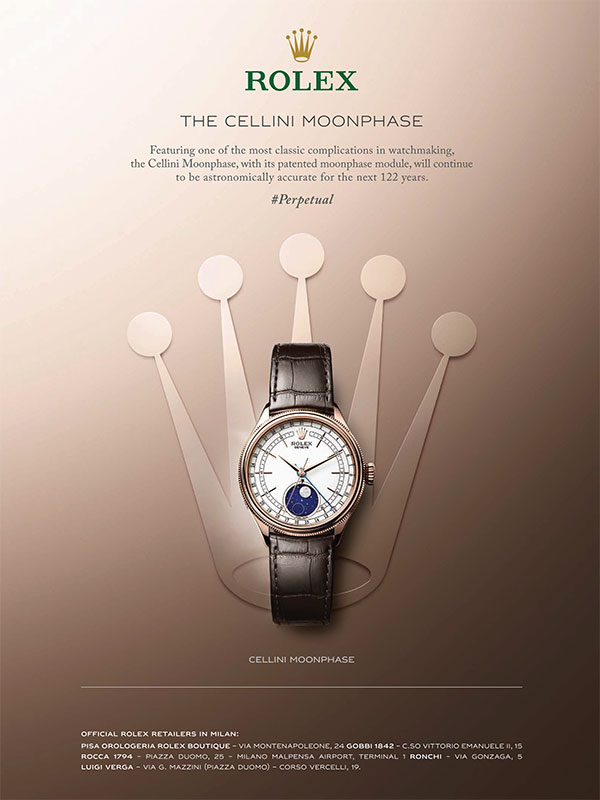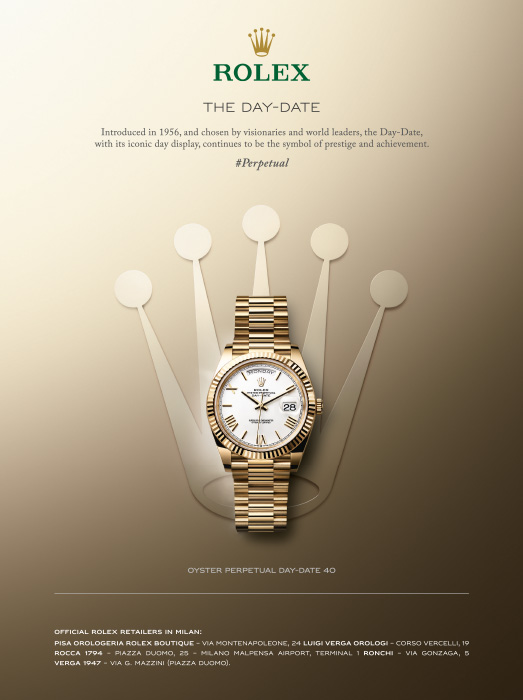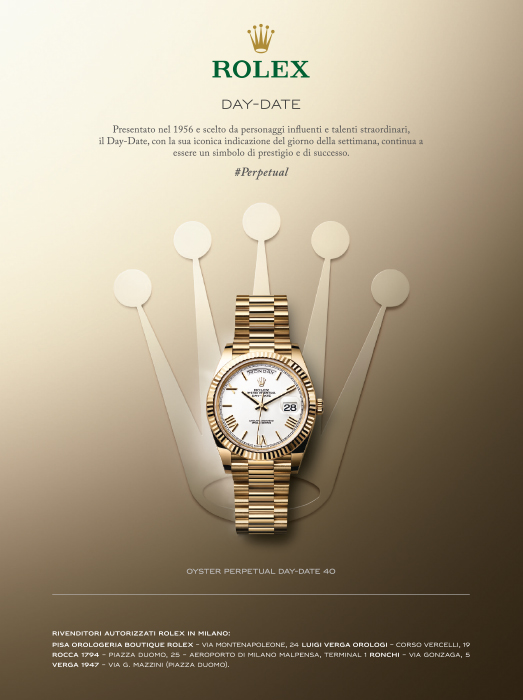From the incomparable Last Supper to the precious pages of the Codex Atlanticus, an artistic itinerary that will take you back in time, through the streets of Milan, in discovery of the so-called “luoghi leonardeschi”. An unmissable chance to follow the Leonardo trail and delve deeply into the ample examples left by painter, scientist, architect and Renaissance genius Leonardo da Vinci in this city so dear to his heart.
At the end of the 15th century, the Tuscan genius created spectacular projects of art, architecture and military techniques in Milan. Don’t miss a chance to rediscover masterpieces famed throughout the world.
MASTERPIECES OF ART
During the years in which Leonardo da Vinci lived in Milan, between 1482 and 1499, the maestro created masterpieces of art like the Last Supper or the innovative vegetable patterned decoration on the vault of the Sala delle Asse at the Castello Sforzesco.
The Last Supper, initiated in 1494 and completed some two years later, is a large mural painting representing the scene of the last supper of Jesus narrated in the Gospel in the refectory of the Church of Santa Maria delle Grazie, currently a UNESCO world heritage site and one of the most famous attractions in the world. Leonardo created the painting using a special tempera that he himself had invented and which still, today, presents a challenge to the best restoration techniques. Unfortunately because of the medium used, the work began to deteriorate some twenty years after it was painted, and so over the years numerous restoration attempts have been made to restore and preserve it (www.cenacolovinciano.net. Piazza Santa Maria delle Grazie, 2. M1-M2 Cadorna FN, M1 Conciliazione).
WHERE THE MASTER WAS PRESENT
Don’t miss the “Aula Leonardi” at the Ambrosiana that now houses Leonardo da Vinci’s masterpiece “Il Musico”, the only work on wood by the Florentine master remaining in Milan. The painting with other works by important Leonardesque painers is located in a part of the Ambrosiana complex where the master was probably present. It is very likely, in fact, that Leonardo, to whom we owe the drawings of the plans for the adjacent church of San Sepolcro, visited this place several times.
Another place where Leonardo da Vinci certainly spent his time is the Vigna di Leonardo-Casa degli Atellani. A few steps away from the building site of the Last Supper there was a ‘vineyard of 16 perches’ at the end of the garden of the Casa degli Atellani, which Ludovico il Moro had granted to the master in 1498 as a tribute for his works. Recovered after more than 500 years, the vines are still cultivated today.
WONDERS OF TECHNOLOGY
An artist and an engineer, during his time in Milan Leonardo found fertile ground for his dual genius: in fact, not only did he study the Navigli – the sophisticated system of navigable canals to ferry people and merchandise to Milan, to irrigate the fields and to defend the city – that made Milan a real “city of water”, but also developed projects for machinery and civil and military architectural works (see the Codex Atlanticus). The so-called “Conca di Viarenna” is what remains today of one of the 5 canal locks used to navigate through Milan from the Darsena to the Naviglio Martesana, north of Milan. The basin of the Darsena, the old mercantile port of the city and a node of the vast fluvial system of Navigli canals now almost entirely covered, extends between viale Gabriele D’Annunzio and viale Gorizia. Since the beginning of 2013, the area has been subjected to in-depth redevelopment work as the city gets ready to host Expo 2015. The Conca di Viarenna was closed to navigation and covered over in the ’30s. At one end, a 1497 plaque displaying the coats of arms of the House of Sforza, commemorates the duke Ludovico il Moro and his wife Beatrice d’Este. A Latin inscription can also be read, granting a toll free passage to all boats from Lake Maggiore carrying marble for the building of the Duomo Cathedral (Via Conca del Naviglio M2 Sant’Agostino). An overview of the ancient Navigli can be admired in the rooms of the Museo del Naviglio, in the neighbourhood of the Conca dell’Incoronata mentioned by Leonardo in his Codex Atlanticus (www.museodeinavigli.com, via S. Marco 40, M2 Moscova).
While following in the footsteps of Leonardo, make sure to visit the Museo della Scienza e della Tecnologia Leonardo da Vinci: found in a 16th century monastery, this is one of the most important museums of science and technology in the world. Its collections, featuring cars, aircraft, ships, scooters, trains, reconstructions of ancient workshops for metalworking, clock-making right through to electronics, textiles and astronomy, explore the relationship between men and machines starting from the ingenious inventions of Leonardo. Don’t miss the magnificent reconstructions of machinery designed by the maestro in the “Leonardo da Vinci Galleries” (www.museoscienza.org, M2 Sant’Ambrogio).
THE CITY’S TRIBUTES TO LEONARDO
Hosted inside the Castello Sforzesco, the Trivulziana Library can be accessed to examine incunabula and ancient documents from the 8th to the 18th century, parchments, records and prints. The library hosts the manuscript by Leonardo containing studies on military and religious architecture and a curious collection of real and imaginary portraits. A digital reproduction of the entire codex will enable visitors to leaf through the codex, page by page, magnifying the original up to 20 times (Open Mon-Fri 9am-noon/1.30pm-4.30pm. www.milanocastello.it. Piazza Castello, 1. M1 Cairoli).
In 1484 Ludovico il Moro commissioned Leonardo to design an enormous equestrian sculpture as part of a monument. A clay model of a horse which was to be used as part of the design was completed in 1492 – but the statue was never built. In 1999 the horse alone was cast from Leonardo’s original designs in bronze and placed in Milan outside the racetrack of Ippodromo del Galoppo (Via Ippodromo, 10, www.ippodromimilano.it).
Piazza della Scala, the elegant square surrounded by important palaces such as Teatro alla Scala, one of the greatest opera house in the world, Palazzo Marino (Milan City Hall) and the Gallerie d’Italia art museum, hosts the Leonardo da Vinci monument by Pietro Magni, 1872 (Piazza della Scala. M1-M3 Duomo; M3 Montenapoleone).
Present and future events in Milan related to Leonardo da Vinci: check here

